-
 Bitcoin
Bitcoin $107,352.1067
0.28% -
 Ethereum
Ethereum $2,429.3531
-0.90% -
 Tether USDt
Tether USDt $1.0001
-0.02% -
 XRP
XRP $2.1894
4.62% -
 BNB
BNB $646.7968
0.36% -
 Solana
Solana $147.4290
4.03% -
 USDC
USDC $0.9998
-0.02% -
 TRON
TRON $0.2756
1.52% -
 Dogecoin
Dogecoin $0.1630
1.14% -
 Cardano
Cardano $0.5612
1.18% -
 Hyperliquid
Hyperliquid $37.0580
-0.05% -
 Bitcoin Cash
Bitcoin Cash $496.9410
-0.09% -
 Sui
Sui $2.7318
3.19% -
 Chainlink
Chainlink $13.1503
0.58% -
 UNUS SED LEO
UNUS SED LEO $9.0766
0.55% -
 Avalanche
Avalanche $17.7220
1.46% -
 Stellar
Stellar $0.2380
1.52% -
 Toncoin
Toncoin $2.8439
0.38% -
 Shiba Inu
Shiba Inu $0.0...01143
1.84% -
 Litecoin
Litecoin $85.8053
1.47% -
 Hedera
Hedera $0.1483
2.70% -
 Monero
Monero $314.3240
2.12% -
 Bitget Token
Bitget Token $4.6725
0.77% -
 Dai
Dai $1.0000
0.00% -
 Polkadot
Polkadot $3.3555
1.28% -
 Ethena USDe
Ethena USDe $1.0001
0.02% -
 Uniswap
Uniswap $7.0890
2.64% -
 Pi
Pi $0.5355
-3.40% -
 Pepe
Pepe $0.0...09393
1.06% -
 Aave
Aave $256.8136
-1.90%
What is Replay Attack? How does it happen after a fork?
Replay attacks exploit identical transaction histories created by blockchain forks, allowing malicious rebroadcasting on different chains. Preventing this requires unique transaction signatures or other mechanisms, varying across cryptocurrencies.
Mar 11, 2025 at 06:55 am
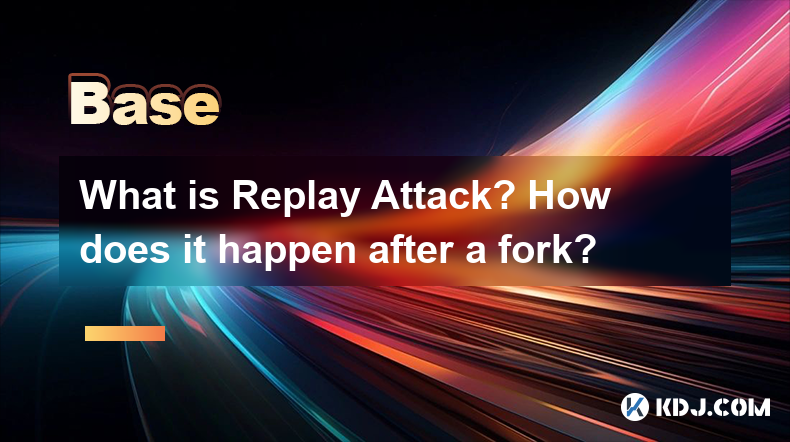
Key Points:
- Replay attacks exploit the reuse of valid transactions on different blockchains.
- Forks create identical transaction histories up to a certain point, making them vulnerable.
- Preventing replay attacks requires unique transaction signatures or other mechanisms.
- Understanding the nuances of hard forks and soft forks is crucial to comprehending replay attacks.
- Different cryptocurrencies implement various solutions to mitigate replay attacks.
What is a Replay Attack?
A replay attack in the cryptocurrency world is a malicious exploitation where a valid transaction on one blockchain is rebroadcast and accepted as valid on another, often similar, blockchain. This usually happens when two blockchains share a common history before diverging – a scenario frequently created by a blockchain fork. The attacker essentially “replays” a transaction, achieving a double spending or other illicit actions without additional effort.
How Replay Attacks Happen After a Fork
A fork in a blockchain creates two separate chains from a common ancestor block. Before the fork, both chains share the same transaction history. A replay attack becomes possible because the transactions valid on the original chain (before the fork) might also be valid on the newly forked chain, at least temporarily. This is because the cryptographic signatures used to authorize transactions may not inherently distinguish between the two chains.
Hard Forks and Replay Attacks
A hard fork involves a significant change to the blockchain's protocol, creating incompatibility between the old and new chains. Replay attacks are more common after hard forks because the transaction validation rules might not initially incorporate mechanisms to differentiate between the two chains. Essentially, old transactions remain valid on the new chain until specific anti-replay mechanisms are implemented.
Soft Forks and Replay Attacks
Soft forks, on the other hand, are backward compatible. Nodes running the old software can still validate transactions created by the new software. While replay attacks are less likely after a soft fork, they aren't entirely impossible. If the soft fork introduces new transaction types or significantly alters transaction validation rules, a clever attacker might still find ways to exploit vulnerabilities.
Preventing Replay Attacks: Different Approaches
Various strategies exist to mitigate the risk of replay attacks following a blockchain fork.
- Unique Transaction Signatures: The most common approach involves altering the transaction signing process to include a chain identifier. This ensures that a transaction signed for one chain is invalid on the other. This is often achieved by adding a network identifier or a fork identifier to the transaction data before signing.
- Transaction Versioning: Assigning version numbers to transactions can help distinguish transactions intended for different chains. This allows for a clear identification of which version of the blockchain a transaction is intended for.
- Separate Transaction Formats: Completely different transaction formats can be adopted on the forked chain, making transactions from the original chain incompatible with the new one. This creates a complete separation of transaction structures.
- Replay Protection Mechanisms: Some cryptocurrencies incorporate built-in mechanisms specifically designed to prevent replay attacks. These often involve dedicated fields within the transaction itself or sophisticated validation rules.
The Role of Exchanges and Wallets
Exchanges and wallets play a crucial role in protecting users from replay attacks. They need to implement robust mechanisms to identify and block potentially malicious transactions. This typically involves monitoring both chains post-fork and implementing appropriate transaction filtering rules.
Understanding the Specifics of Each Fork
Each fork is unique, and the vulnerability to replay attacks varies. It's essential to carefully review the documentation and announcements associated with a particular fork to understand the specific replay attack risks and the measures taken to mitigate them. The developers of the forked chain are usually responsible for clearly communicating the methods used to prevent replay attacks.
The Importance of User Awareness
Users should remain informed about potential replay attack vulnerabilities after a fork. Following official announcements and actively seeking information from reputable sources is crucial for protecting their assets. It is highly recommended to avoid making transactions during the immediate period following a fork until the protection mechanisms are thoroughly tested.
Frequently Asked Questions:
Q: Can I lose my cryptocurrency due to a replay attack?
A: Yes, a successful replay attack could result in the loss of your cryptocurrency if you reuse a transaction on both chains without implementing proper precautions.
Q: Are all forks vulnerable to replay attacks?
A: No, while hard forks are more prone to replay attacks, soft forks can also, under certain circumstances, present vulnerabilities. The design and implementation of the fork determine the level of risk.
Q: How can I protect myself from a replay attack?
A: Wait for official announcements from the cryptocurrency project about replay protection mechanisms, update your wallets to the latest versions supporting the fork, and avoid making transactions until the security measures are fully deployed.
Q: What should I do if I suspect a replay attack?
A: Immediately contact the exchange or wallet provider you use, and report the suspicious activity. Monitor your balances closely and take steps to secure your funds.
Q: Is there a way to reverse a replay attack after it has occurred?
A: Reversing a replay attack is highly unlikely and depends entirely on the specific circumstances. It might require cooperation from the cryptocurrency project and possibly a chain rollback, which is rarely possible or practical.
Disclaimer:info@kdj.com
The information provided is not trading advice. kdj.com does not assume any responsibility for any investments made based on the information provided in this article. Cryptocurrencies are highly volatile and it is highly recommended that you invest with caution after thorough research!
If you believe that the content used on this website infringes your copyright, please contact us immediately (info@kdj.com) and we will delete it promptly.
- RUVI Token Soars: Can It Eclipse Cardano's Forecast?
- 2025-06-29 02:30:12
- Meme Coin Mania: Can Little Pepe Outshine Shiba Inu and Dogecoin?
- 2025-06-29 02:30:12
- XRP Tokens: Navigating Financial Status and the Art of Buying In
- 2025-06-29 02:50:12
- Transparent Fees, Trading Power, No Surprises: LeveX's Honest Approach
- 2025-06-29 02:50:12
- DAO Price, Total Value Locked, and All-Time Highs: What's Driving the DeFi Surge?
- 2025-06-29 03:21:18
- BlockDAG, Polygon, Render, and Polkadot: Navigating the Altcoin Landscape in NYC Style
- 2025-06-29 03:21:18
Related knowledge
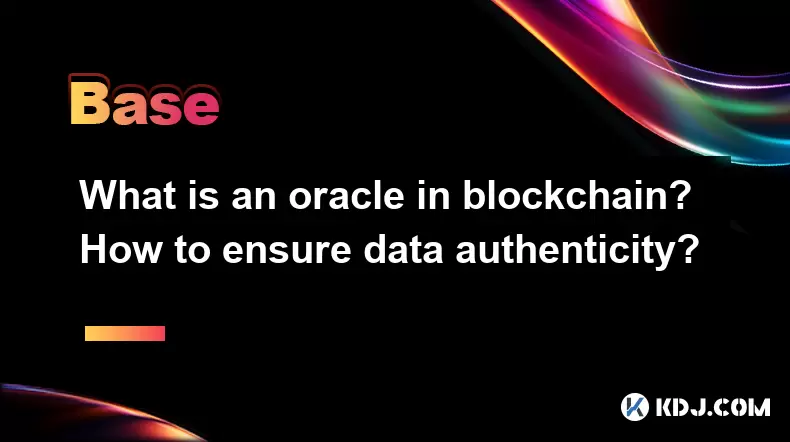
What is an oracle in blockchain? How to ensure data authenticity?
Jun 19,2025 at 08:49pm
Understanding the Role of an Oracle in BlockchainIn the context of blockchain technology, an oracle serves as a bridge between the blockchain and external data sources. While blockchains are inherently secure and decentralized, they cannot access real-world information on their own. Oracles enable smart contracts to interact with off-chain data such as ...
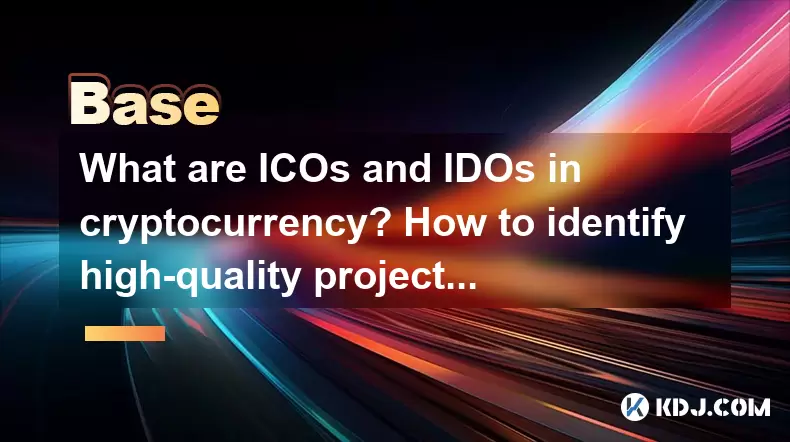
What are ICOs and IDOs in cryptocurrency? How to identify high-quality projects?
Jun 22,2025 at 11:49am
Understanding ICOs in CryptocurrencyInitial Coin Offerings (ICOs) are fundraising mechanisms used by cryptocurrency startups to raise capital for their projects. In an ICO, a company creates and sells its own tokens to investors in exchange for established cryptocurrencies like Bitcoin or Ethereum. The process typically involves the release of a whitepa...
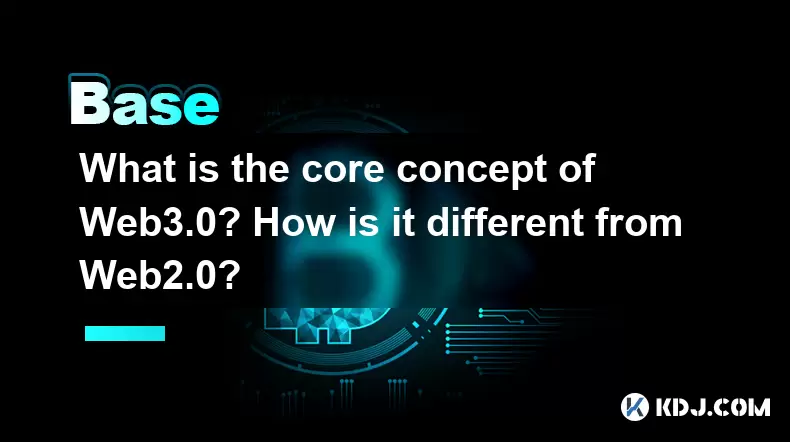
What is the core concept of Web3.0? How is it different from Web2.0?
Jun 21,2025 at 05:56pm
Decentralization as the Foundation of Web3.0The core concept of Web3.0 revolves around decentralization, which fundamentally challenges the centralized architecture of Web2.0. In Web3.0, control and ownership are distributed across a network rather than being held by a central authority or corporation. This is achieved primarily through blockchain techn...
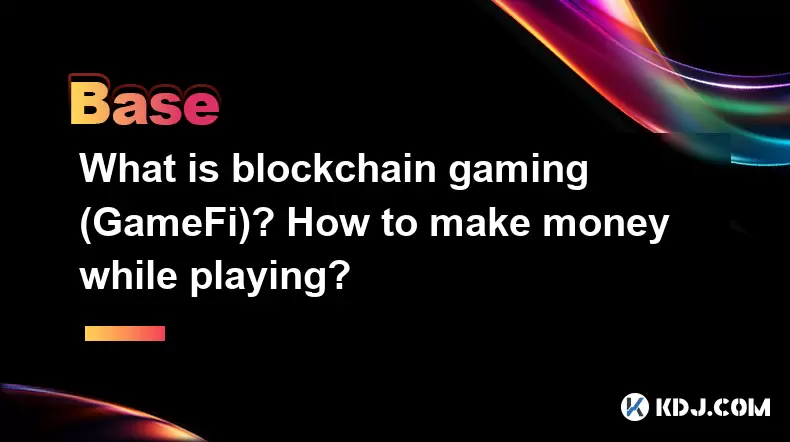
What is blockchain gaming (GameFi)? How to make money while playing?
Jun 20,2025 at 07:56am
Understanding Blockchain Gaming (GameFi)Blockchain gaming, often referred to as GameFi, is a fusion of blockchain technology and video games. It enables players to own in-game assets through non-fungible tokens (NFTs) and earn rewards via cryptocurrencies or token-based systems. Unlike traditional games where items are controlled by centralized develope...
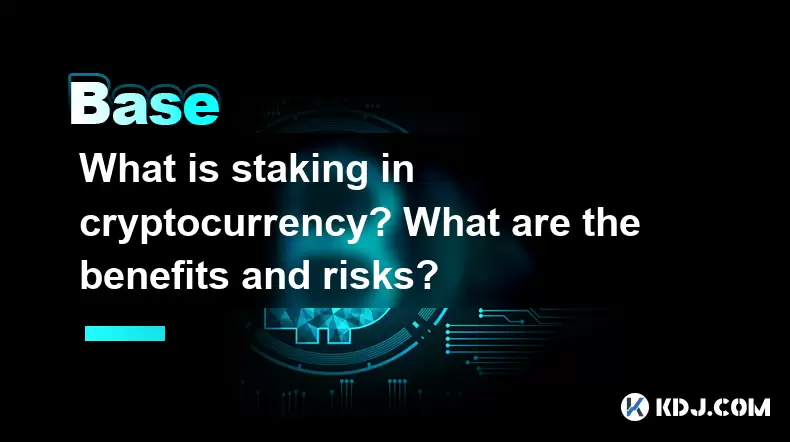
What is staking in cryptocurrency? What are the benefits and risks?
Jun 22,2025 at 10:01am
Understanding the Concept of Staking in CryptocurrencyStaking in cryptocurrency refers to the process of actively participating in transaction validation on a blockchain network that uses a Proof-of-Stake (PoS) consensus mechanism. Instead of miners competing to solve complex mathematical puzzles as in Proof-of-Work systems like Bitcoin, PoS blockchains...

How does the Lightning Network solve Bitcoin congestion? What is the usage process?
Jun 23,2025 at 06:21pm
Understanding Bitcoin Network CongestionBitcoin, as a decentralized digital currency, operates on a blockchain that records every transaction in a public ledger. Each block has a limited size, typically 1 megabyte, which allows for only a certain number of transactions per second (TPS). When the number of transactions increases, the network becomes cong...

What is an oracle in blockchain? How to ensure data authenticity?
Jun 19,2025 at 08:49pm
Understanding the Role of an Oracle in BlockchainIn the context of blockchain technology, an oracle serves as a bridge between the blockchain and external data sources. While blockchains are inherently secure and decentralized, they cannot access real-world information on their own. Oracles enable smart contracts to interact with off-chain data such as ...

What are ICOs and IDOs in cryptocurrency? How to identify high-quality projects?
Jun 22,2025 at 11:49am
Understanding ICOs in CryptocurrencyInitial Coin Offerings (ICOs) are fundraising mechanisms used by cryptocurrency startups to raise capital for their projects. In an ICO, a company creates and sells its own tokens to investors in exchange for established cryptocurrencies like Bitcoin or Ethereum. The process typically involves the release of a whitepa...

What is the core concept of Web3.0? How is it different from Web2.0?
Jun 21,2025 at 05:56pm
Decentralization as the Foundation of Web3.0The core concept of Web3.0 revolves around decentralization, which fundamentally challenges the centralized architecture of Web2.0. In Web3.0, control and ownership are distributed across a network rather than being held by a central authority or corporation. This is achieved primarily through blockchain techn...

What is blockchain gaming (GameFi)? How to make money while playing?
Jun 20,2025 at 07:56am
Understanding Blockchain Gaming (GameFi)Blockchain gaming, often referred to as GameFi, is a fusion of blockchain technology and video games. It enables players to own in-game assets through non-fungible tokens (NFTs) and earn rewards via cryptocurrencies or token-based systems. Unlike traditional games where items are controlled by centralized develope...

What is staking in cryptocurrency? What are the benefits and risks?
Jun 22,2025 at 10:01am
Understanding the Concept of Staking in CryptocurrencyStaking in cryptocurrency refers to the process of actively participating in transaction validation on a blockchain network that uses a Proof-of-Stake (PoS) consensus mechanism. Instead of miners competing to solve complex mathematical puzzles as in Proof-of-Work systems like Bitcoin, PoS blockchains...

How does the Lightning Network solve Bitcoin congestion? What is the usage process?
Jun 23,2025 at 06:21pm
Understanding Bitcoin Network CongestionBitcoin, as a decentralized digital currency, operates on a blockchain that records every transaction in a public ledger. Each block has a limited size, typically 1 megabyte, which allows for only a certain number of transactions per second (TPS). When the number of transactions increases, the network becomes cong...
See all articles

























































































